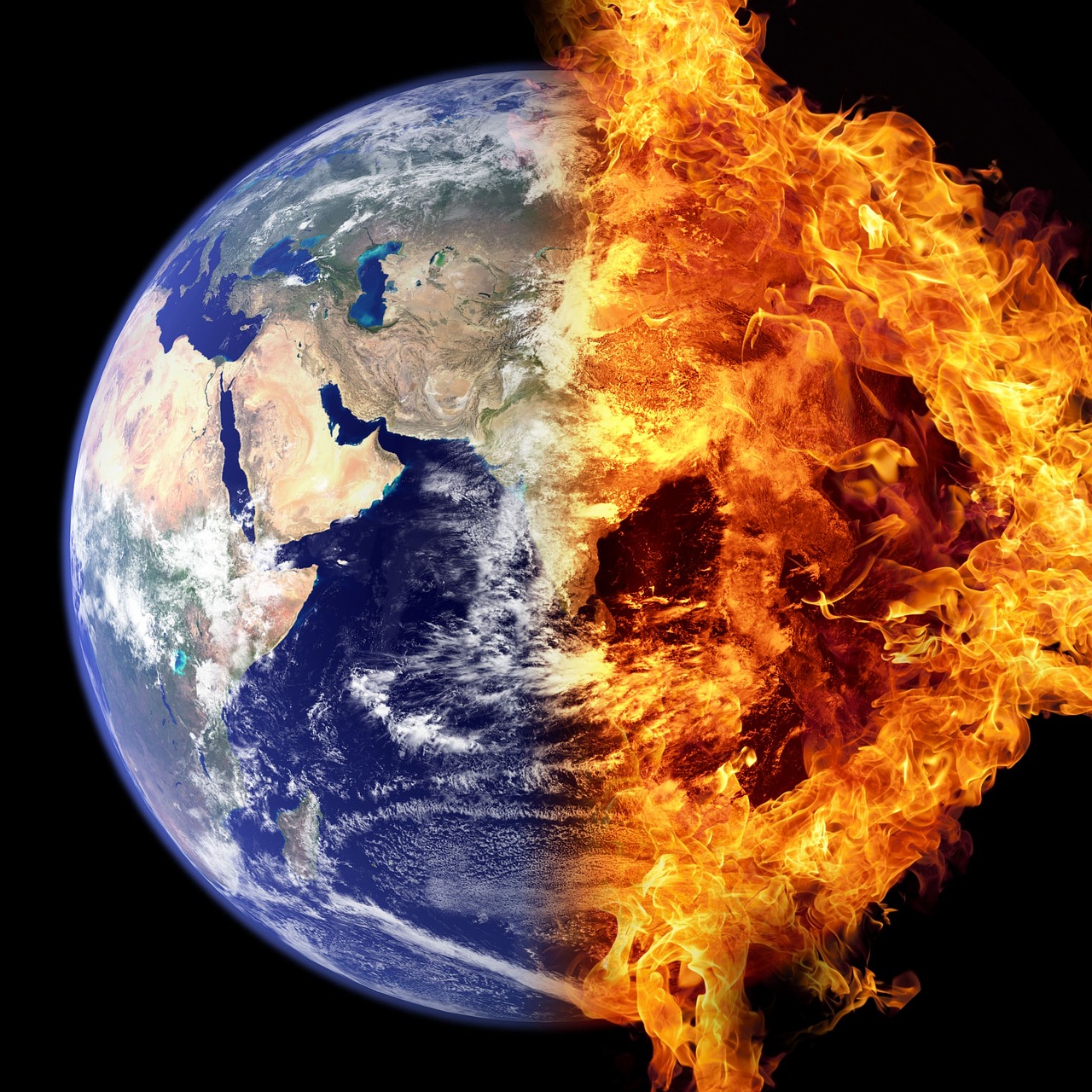
As the world continues to warm and the climate continues to change, different parts of the globe will experience different effects. For example, in Toronto, a spate of hot, sticky summers and mostly mild winters interspersed with polar vortices pushed down from the Arctic by warm air; in Australia, an increase in wildfires as a hot, dry country becomes ever hotter and drier; and, in California, drought after drought. In fact, the water shortages in recent years have become so acute that they are starting to have an impact on one of the state’s most popular exports: beer.
The Dry Facts
In 2014, California experienced its worst drought on record, the effects of which are still being felt – and are set to be repeated. For example, Sacramento went 52 days without rain in the middle of the rainy season, a new record set that year. It takes a lot of storms to make up for that; Sacramento’s annual average rainfall is about 20 inches, and by that point they had only received 5 inches. On average, 1 inch of rain is produced per storm, so as dry weather continues, it’s increasingly hard to catch up to the expected amount of rainfall. This is a pattern that is repeating all over California, among other drought-ridden areas.
But it’s not just climate change driving the lack of available water. There are also issues with water conservation measures; classic hosepipe bans stopping people from watering their lawns are contentious, but may be necessary. Water management is also a problem, and as infrastructure decays, it will only get worse. In an attempt to fix the problems, California governor Jerry brown signed a $687 million relief package including measures such as funding stormwater recapturing, expanding the use of recycled water, and better managing of groundwater storage (which likely includes pipeline condition assessment and water main monitoring).
Watery Beer
So what does this have to do with beer? Well, it’s no shock to beer aficionados that their favourite drink contains a lot of water: 92 per cent in a standard can of beer, in fact. But it’s not just the water going into the cans that is now at a premium, but the water used to clean tanks. It takes around 3.5–5 barrels of water to brew one barrel of beer, so when droughts hit, draughts are definitely affected. Breweries are doing what they can, but they see the long-term writing on the wall: they might have to leave the state if droughts like this one become the norm rather than the exception, as at the moment there may only be enough water available for the next few years.
Many breweries have also begun to take water-saving measures. Budweiser, for example, has started to use reclaimed water to clean tanks, and has replaced landscaping with drought-tolerant plants (saving about five million gallons of water in the process). Their employees have been encouraged to come up with more water-saving measures, reducing water needs by 3 per cent, while their water usage has been reduced by over 30 per cent since 2009.
Crafty Solutions
It’s not just the big players that are affected by droughts: California’s many craft breweries, which have experienced a resurgence in recent years, are affected too. Because of their smaller footprint, however, they are not quite as vulnerable as the larger companies, and water restrictions vary on a region-by-region basis. The specific impact on each brewery is likely to depend on not just the local water agency but how much water that agency has available to them through local sources and water contracts.
But another issue is water quality, even if access itself is unaffected. At the moment, most breweries use river water, which is cleaner and tastier than well water, the fallback alternative as the rivers dry up. Groundwater often has taste and odour issues, as in some of the region’s wells there are high concentrations of nitrates, iron and manganese. These might not affect a malty, bitter beer, but grainy and hoppy styles might see their tastes compromised. Mind you, one advantage for craft breweries is that they could make an entirely new line of beer using groundwater and market it to hipsters desperate for authenticity.
Any port in a storm… though California is worried that the storms it’s getting still won’t be enough to save its water. Or its beer.





Leave a Comment